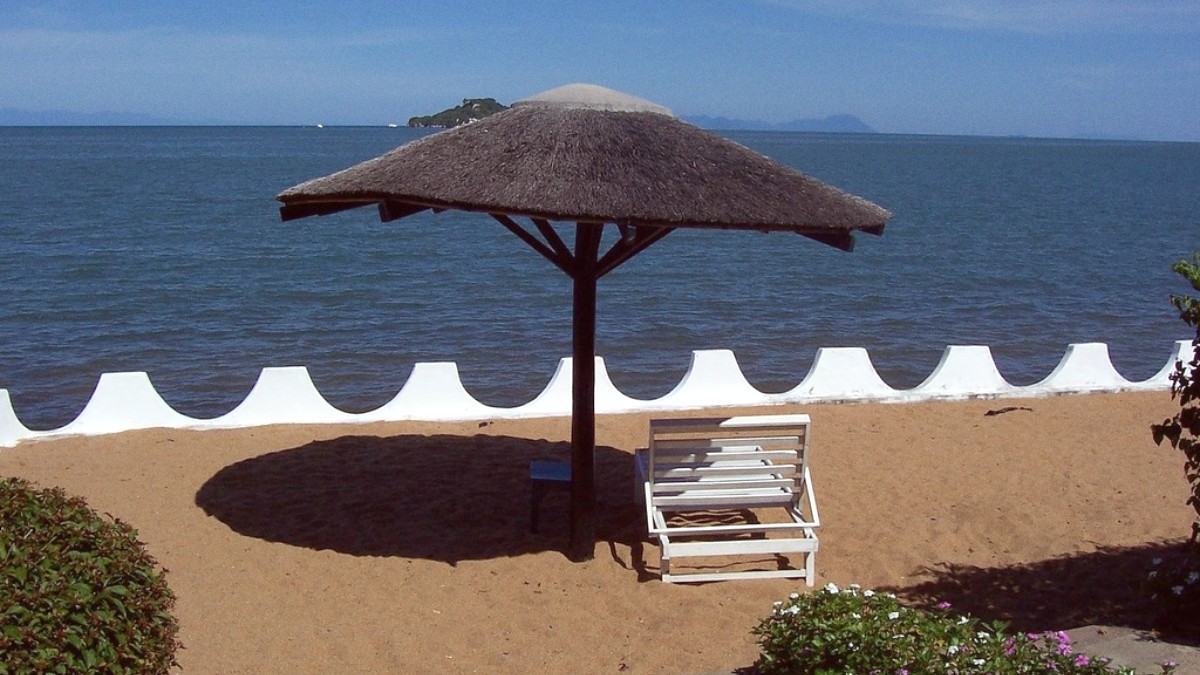
Malawi
Malawian cooking bases itself on maize, cassava, and sweet potatoes, supplemented by fresh lake fish and local vegetables. It mirrors a history of farming and fishing.
Meals are simple, wholesome, and nutritious, with a focus on fresh ingredients and straightforward methods. Subtle British colonial influences exist in some baked goods.
A thick porridge from maize flour, a core staple eaten with various relishes.
Chambo (Tilapia) is iconic, prepared grilled, fried, or stewed. Usipa and Kampango also feature.
Minimal spices, using natural flavors. Groundnut flour commonly thickens sauces and adds richness.
Malawi's iconic dish: grilled or fried tilapia served with nsima and leafy greens.
Found everywhere along the lake, from stalls to lodges.
Small, sardine-like fish, often sun-dried, then fried or stewed. A common snack or relish.
Especially popular in lakeside villages.
Grilled meat skewers (chicken, beef, or goat), seasoned over charcoal.
A popular street food, sometimes with spicy tomato sauce.
Traditional opaque beer from sorghum or maize, with a yeasty taste. Shake before drinking.
Malawi produces its own gin, popular at lodges for gin and tonics.
Limited availability, mostly within luxury resorts or high-end hotels in major cities. Some luxury lakeside lodges provide exceptional experiences.
Present in larger towns and popular lakeside tourist areas. A mix of local Malawian dishes and Western options.
Local markets feature stalls with cooked food. Informal eateries specialize in traditional Malawian meals. Roadside vendors sell snacks.
Vegetarian options are relatively easy to find. Vegan can be more challenging; confirm ingredients like groundnut flour.
Clearly state "no meat, no fish" (Palibe nyama, palibe nsomba) and "no milk" (Palibe mkaka).
Very limited options. Travelers with these needs should plan to self-cater or confirm options with accommodations in advance.
Large supermarkets in Lilongwe might have some imported specialty items.
Nsima (maize-based) and rice are naturally gluten-free staples.
Communication is . Carry a printed allergy card in English and Chichewa.
Accommodations with kitchenettes provide the most control for specific diets.
Basic phrases for dietary restrictions assist communication.
Beyond dining, immerse yourself in Lake Malawi's food culture.
Always wash your hands thoroughly before and after meals.
Local eateries usually provide water for this purpose.
Politely accept food offered, even a small portion. Refusal can be impolite.
This shows appreciation for hospitality.
Many lodges host Lakeside BBQs, grilling fresh chambo over charcoal by the water.
Organized boat trips to nearby islands often include a delicious picnic lunch on secluded beaches.
Embrace the fresh flavors of Lake Malawi by sampling local specialties. Always prioritize hygiene.